April 8, 1940, two ships found each other off the coast of Norway. One a German heavy cruiser the Admiral Hipper, the other, a British destroyer the Glowworm. Over the course of only an hour, they engaged in one of the most brutal naval actions of WWII.
HMS Glowworm was laid down in 1934, as a G-Class destroyer. They formed a new, faster group of fleet ships for the Royal Navy. They were intended to seek out and destroy smaller enemy ships, protect convoys, and attack submarines. Her first experience at sea came during the Spanish Civil War, where she enforced neutrality, preventing any ships from entering Spanish ports.
By 1938 she was in the Mediterranean with the 1st Destroyer Flotilla. While in the Mediterranean her career was almost cut short when she collided with her sister ship HMS Grenade, but luckily both survived. When the war was declared, she was transferred back to England, joining the Western Approaches Command in October 1939.
Six months later, she was in the North Sea assisting with Operation Wilfred, the mine-laying operations off the coast of Norway. By then Hitler had rolled across Poland, and his troops stood ready to pounce on France. The British knew he was preparing to invade Norway. They hoped that mines would at least slow down his fleets while the Royal Navy was thinly stretched protecting their shipping lanes.
KMS Admiral Hipper was laid down in July 1935 and commissioned in April 1939. She was a heavy cruiser, named for Admiral Franz von Hipper, leader of the battle cruiser squadron at the Battle of Jutland in 1916. As the lead ship in a new class of ships, she set out to bring pride to her name.
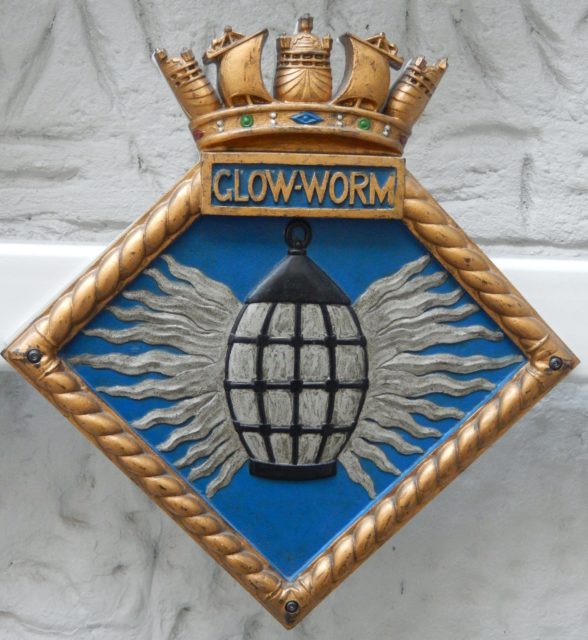
She commenced combat operations in February 1940 after extensive sea trials. Her first patrol proved unsuccessful, but in April she was given a new mission: participation in the invasion of Norway. She pulled out of Cuxhaven on April 6, escorted by four destroyers, with 1,700 Wehrmacht mountain troops on board between them. The phony war had ended, and the German Army was on the move again.
On April 5, the Glowworm joined the escort for the battlecruiser HMS Renown. Two days later a man overboard was reported, and the destroyer was dispatched to search for him. The Glowworm set out, but the next morning a dense fog rolled in. Giving up the search, she headed back to Renown when two German destroyers appeared on the horizon.
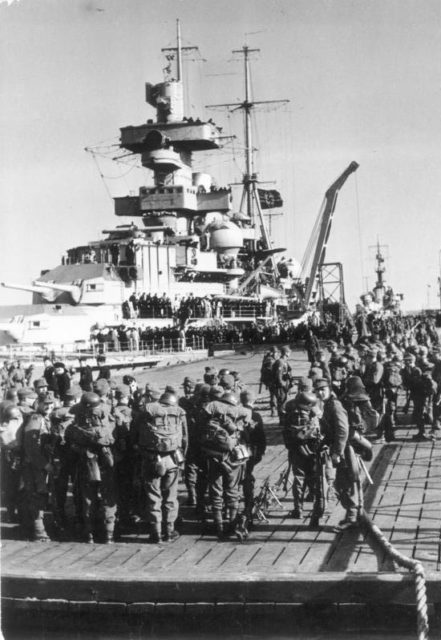
At 0800 Glowworm opened fire on the newcomers, not knowing they were not alone. The German destroyers signaled the Admiral Hipper, whom they had been escorting to Trondheim. The Admiral Hipper was 665 feet long, more than twice the Glowworm, and weighed 11 times as much. By 0950 the Admiral Hipper and the Glowworm had spotted each other.
At first, the Glowworm mistook the German for a friendly and did not flee. It gave the Admiral Hipper precious time to close within firing range. Her radar assisted 8-inch guns opened fire, sending four high explosive shells screaming towards the small destroyer. The first three salvos missed while the Glowworm desperately turned to flee. By the fourth, the Germans had found their range and their mark. The Glowworm was racked with explosions and began smoking fiercely.
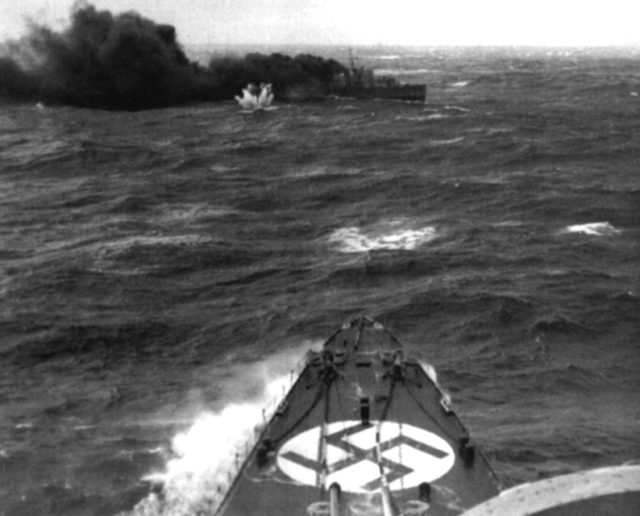
She turned into her own smoke, attempting to hide and then escape. However, the German cruiser had radar assisted weapons, which were unaffected by the smoke. When she reemerged, the massive ship was almost on top of her. The German’s 4.1-inch guns opened fire, raking the destroyer with shells once more.
The Glowworm’s forward gun was destroyed, and her bridge and radio room soon followed. A shell struck her mast, toppling the mass of metal down to the deck. A short circuit set off her alarm siren, and for the rest of the battle it let out an ear-splitting wail.
The plucky little destroyer was not finished. The Glowworm’s captain, Lieutenant Commander Gerald Broadmead Roope considered his options. Fleeing was out of the question; he was too heavily damaged, and his opponent could shoot through the smoke. His pride and dignity did not allow for surrender. It left only one option: fight until the bitter end. He pulled his ship about and at approximately 1010 let loose a salvo of torpedoes from only 870 yards away. The Admiral Hipper evaded them by keeping her bow facing the destroyer, making a smaller target for the deadly underwater weapons.
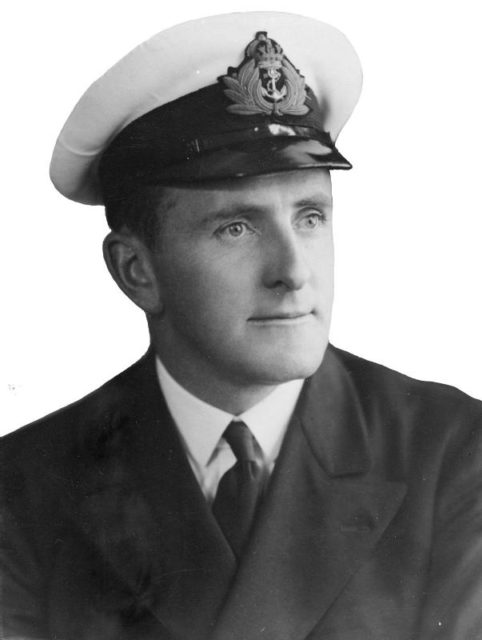
Roope pulled his ship back into her smoke screen, hoping to gain enough time to fire again. The Admiral Hipper rushed into the smoke, hoping to destroy the English ship at short range.
Roope reacted quickly, and ordered a hard turn to starboard, possibly hoping to gain a better firing position. The Glowworm was stuck in a hard turn, and the Admiral Hipper was in her path. The massive cruiser set her helm hard to port, hoping to avoid the collision, but her response was too slow.
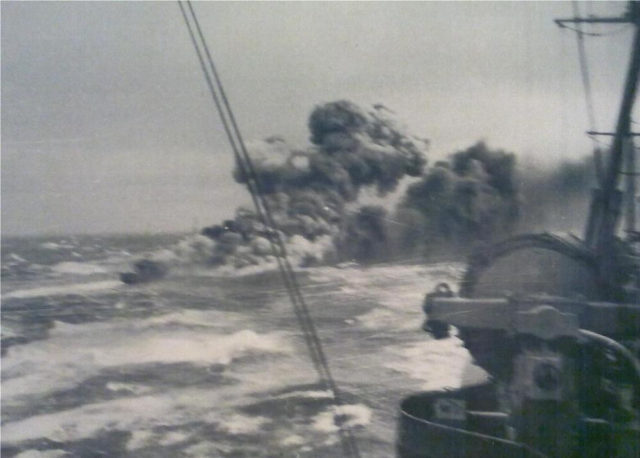
The Glowworm smashed into the side of the German ship, just aft of her anchors. The destroyer’s bow was wrecked as she ripped a massive gash in the side of the much larger cruiser. The German ship took on tons of water, but eventually isolated the damage, and prevented a total flooding. The Glowworm drifted away, a sinking, burning inferno.
The Admiral Hipper fired another salvo, at close range into the destroyer, and a single gun responded. Chief Petty Officer Walter Scott, despite his ship sinking rapidly, stood by his gun and had fired one final round before the boilers exploded at 1024. She sank soon after.
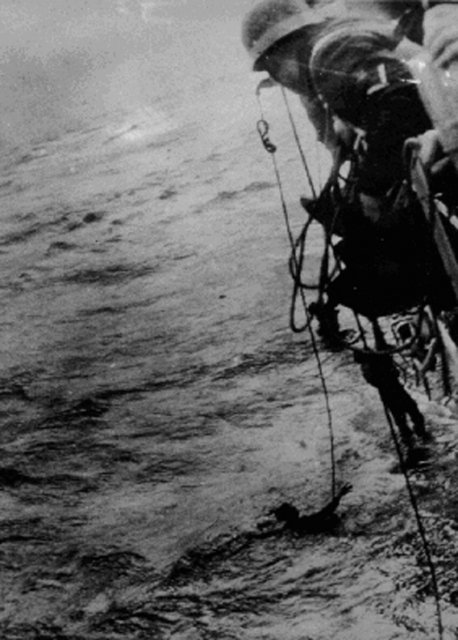
Lieutenant Commander Roope was recommended for a commendation by Kapitän zur See Hellmuth Heyes, the captain of the Admiral Hipper. He had witnessed a small, outmatched, outnumbered, and outgunned destroyer engage with one of the newest and most powerful cruisers afloat. A real act of bravery and defiance. He wrote to the Admiralty, through the Red Cross, informing them of the action.
Sadly, Gerald Roope died while being rescued by the Admiral Hipper. He had sustained severe injuries during the battle, and could not hold onto the rope while attempting to climb on board. He was posthumously awarded the Victoria Cross in 1945.
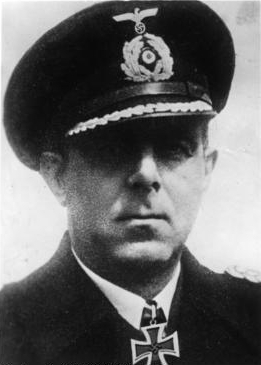
Are you a fan of all things ships and submarines? If so, subscribe to our Daily Warships newsletter!
The Admiral Hipper survived to fight until 1945. There can be no doubt the bravery of Roope and the crew of the Glowworm gave the Germans a clear indication of the tenacity of the British military. They would learn to respect the small but defiant nation.
